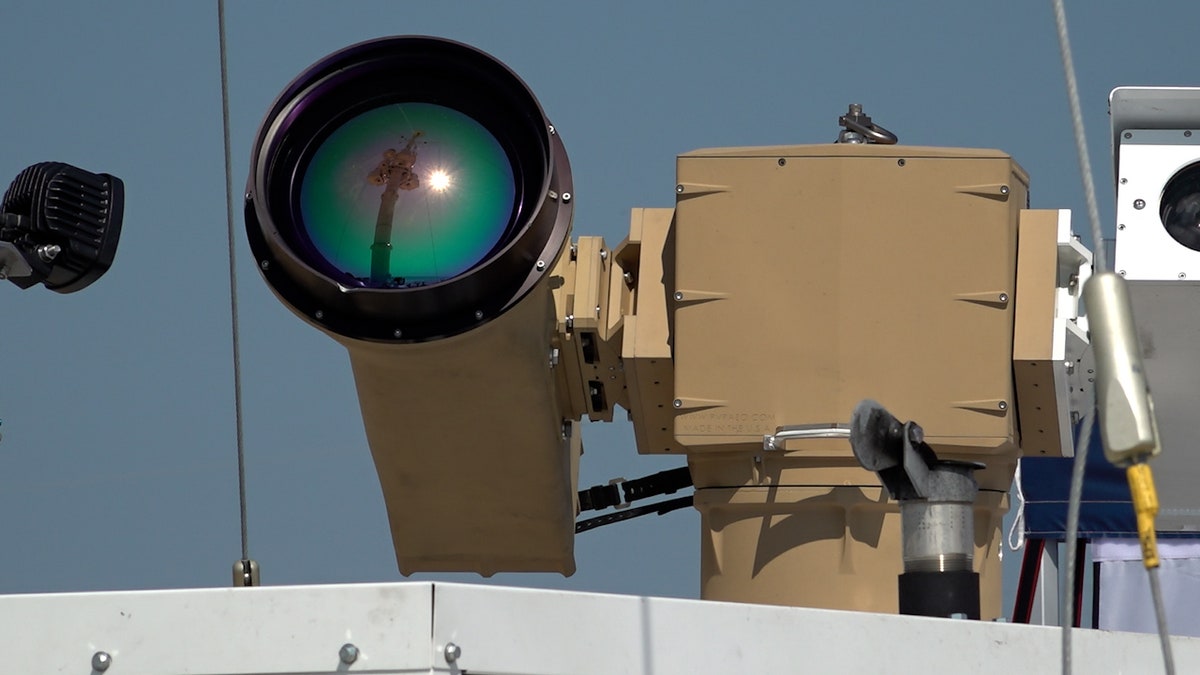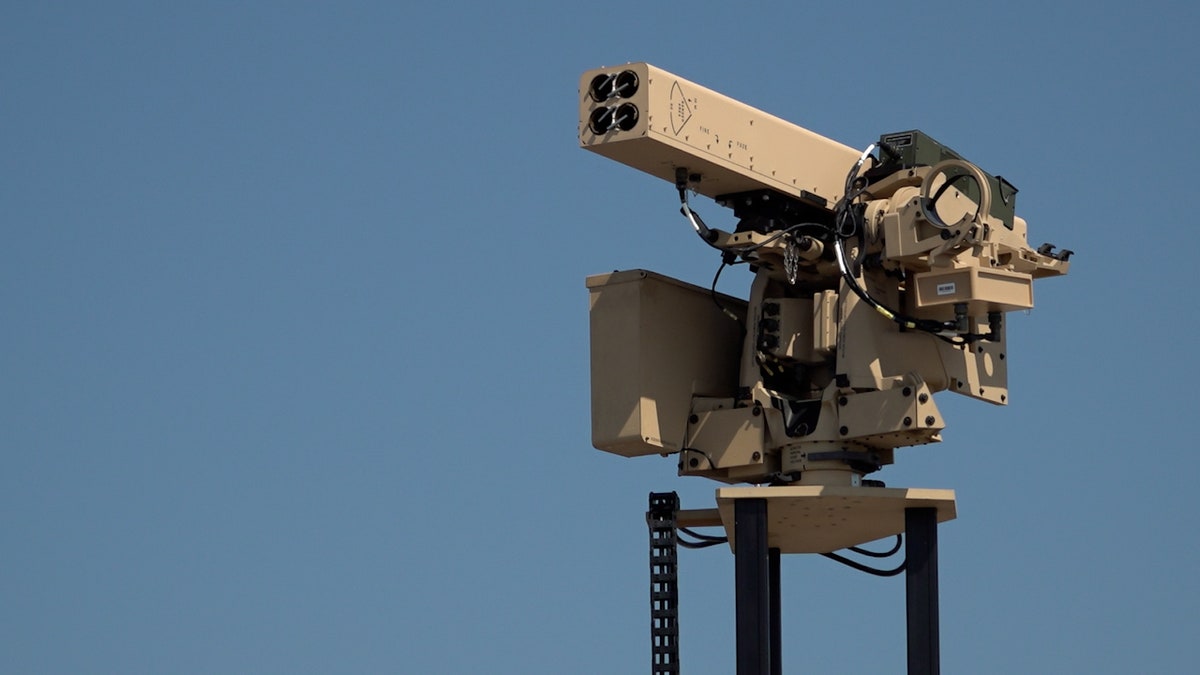Share this @internewscast.com
FORT WALTON BEACH, Fla. – The U.S. Northern Command collaborated with multiple companies to test a range of counter-drone systems aimed at securing specific national security sites from drone incursions.
USNORTHCOM showcased its counter-small unmanned aerial system (C-sUAS) at the ‘Falcon Peak 25.2’ event held at Eglin Air Force Base in Florida. During the event, teams launched a “hostile” drone from Santa Rosa Island, which was subsequently caught by an interceptor drone deploying a net fired from a shotgun.
In preparation for the event, twenty anti-drone systems went through testing. Falcon Peak provides a platform for companies to trial their anti-drone technologies in a realistic setting.
Squarehead Technology developed an acoustic sytem that detects drones by their sound and pinpoints their location.
“Not every drone poses a threat. Sometimes, it’s just hobbyists unaware of restricted zones,” explained Jason Mayes, USNORTHCOM C-sUAS Division Operations Manager. “The last thing we want is a drone disrupting the approach or departure routes at an airfield.”

In 2024, lawmakers criticized the Pentagon over insufficient counter-drone strategies following a prolonged 17-day drone swarm over a Virginia military base.
Mayes pointed out that drones can be easily adapted for surveillance or smuggling. In conflict areas, some nations have repurposed drones as guided explosive devices.
U.S. Air Force Gen. Gregory Guillot is Commander of USNORTHCOM. He said he’s confident the military could stop a surprise drone attack. However, he hopes more anti-drone technology could protect military sites in the event of a sustained attack.

Lawmakers have accused the Pentagon of lacking counter-drone procedures. (Fox News)
Gen. Guilott’s goal is to have counter-drone response teams on the East Coast, West Coast and in Alaska that can respond to any drone incursion in the country within 24 hours.
USNORTHCOM expects the number of drone incursions over national security facilities to increase in the future as hobbyist drones become more common. About 1 million drones are registered with the Federal Aviation Administration. The FAA expects that number to rise to about 2.7 million by 2027.
















